Studio monitors are arguably one of the most important parts of a music studio, but they can cost a lot of money. Creating quality loudspeakers for an affordable price is no easy task, and we think Kali Audio has truly outdone themselves on the LP-6. We’ve had the pleasure of testing their debut monitors, and we have to say that they’re currently one of the best studio monitors for their value on the market.
Kali Audio was founded in early 2018 and their products are designed and engineered in California. LP stands for “lone pine”, named after a small town near the Eastern Sierra in California. Climbers expecting to summit Mt. Whitney begin their journeys in Lone Pine and “they thought that it was a fitting name for the project that starts their journey”.
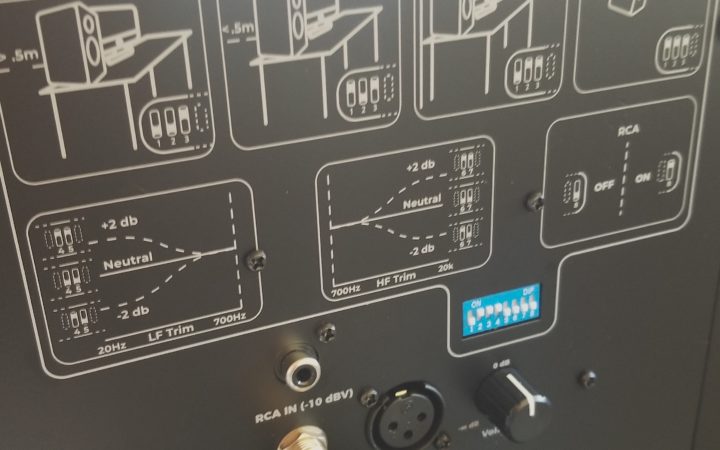
Our favorite feature:
The LP-6 also has a robust, yet easy-to-use, boundary EQ to help adjust your speakers to your room without any additional EQ’ing on your computer or through a program like Sonarworks. These different EQ profiles are complemented by clear diagrams. We set up our monitors on small desk stands in front of a wall, then flipped up switches two through four to address the bass buildup issues we typically experience. We settled on using the EQ. It reminded it us of the options available on some higher-end or older studio monitors, a great feature to have especially at such a low price point.
Pros:
- Offers a pleasant listening experience for all genres of music. We tested a variety of different types of music and did not have to adjust our boundary EQ settings whatsoever.
- 6.5″ woofer and front-facing bass port are perfect for small studios
- High frequencies are clear, while bass frequencies are punchy
- Wide soundstage – more spatial depth while mixing or mastering (or collaborating; the LP-6es were designed for up to 2 people to sit in the ‘sweet spot’ while mixing)
- $149 per speaker with free shipping in the Continental US, plus until October 31st, new Splice subscribers get 2 months free with purchase of any Kali product
Cons:
- Don’t expect room-shaking bass from these monitors. You might want to wait for the LP-8s. 🙂
How does it compare to other monitors in this price range?
- KRK Rokit 6: The KRK Rokit 6 has less defined bass than the LP-6 and the high frequencies are not as clear.
- Equator Audio D5 (discontinued): The D5 has a more open sound overall, particularly in high frequencies. However the bass is severely lacking in comparison due to the smaller woofer size. These cost $300 pre-owned and often have a lot of issues after the four-year mark. Seeing as the company no longer makes them (or seems to exist), you should probably stay away from these unless you can miraculously find one NIB.
- JBL Professional 305PMKII 5″: These JBLs don’t have RCA, only have 5″ woofers, and have unwieldy bass ports on the back. Sounds better overall than the Rokit 6es, but still worse than the LP-6.
Ok, so what about not in this price range?
- Yamaha NS10: The NS10 gives you more ear fatigue over time compared to the LP-6 and they require additional amplification and a capable DAC. Mid range clarity is comparable, while the Yamahas boast a distinct advantage in high frequencies. You can expect to pay around a grand for a pair of NS10s, a quality amplifier, and suitable DAC.
- Neumann KH 120: Firstly, the Neumann KH 120 has less bass. That said, the Neumann is better in every other way besides cost. Each monitor is 700 dollars. For 600 dollars you could own two pairs of LP-6es or invest your leftover money into a studio subwoofer.
After thoroughly testing our LP-6es we can assert that these monitors are a testament to the dedication that went into creating them. A pair of these will excellently serve any musician, audiophile, gamer, or cinephile. Pick up a pair today!
What studio monitors for do you prefer for your set up? Share your thoughts in the comments or in social media!
Important things happen in Pacific Northwest nightlife, and DMNW will send you alerts!






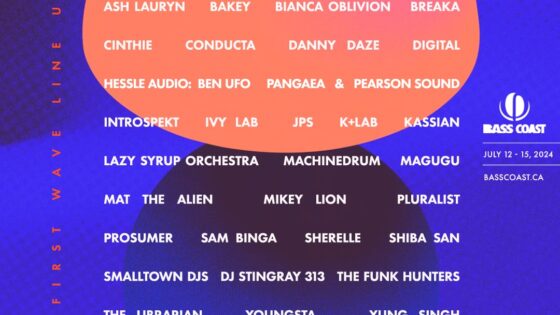











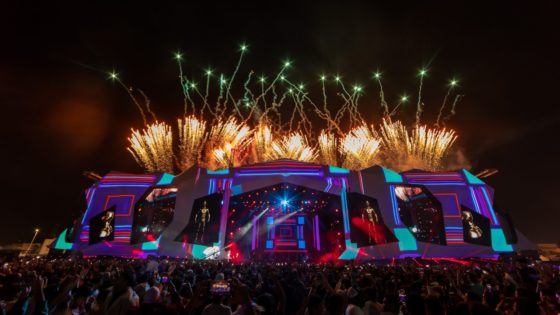






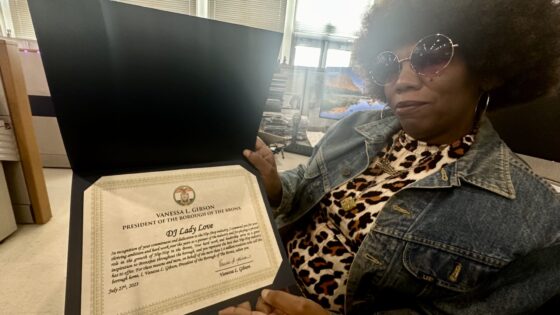








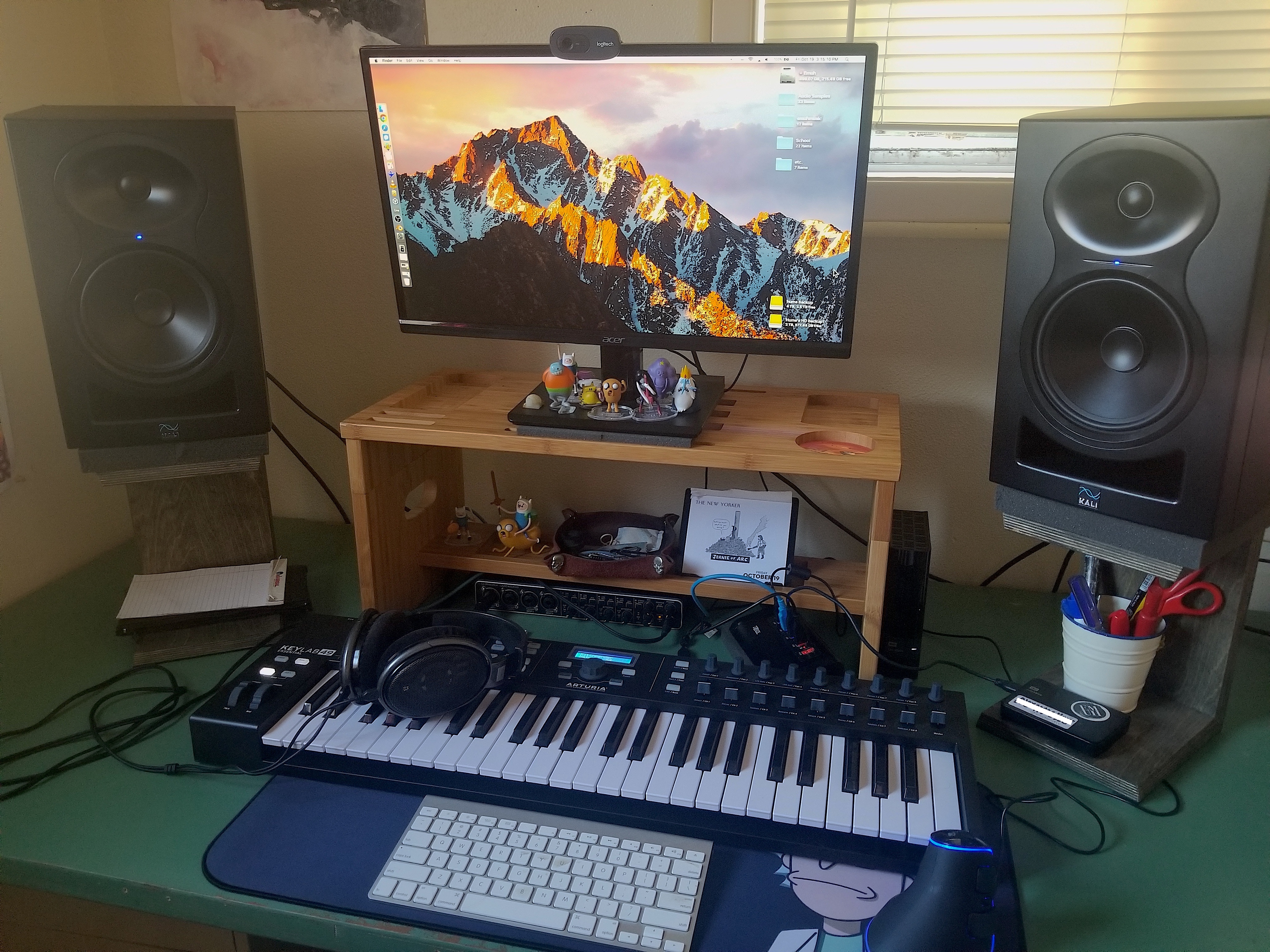
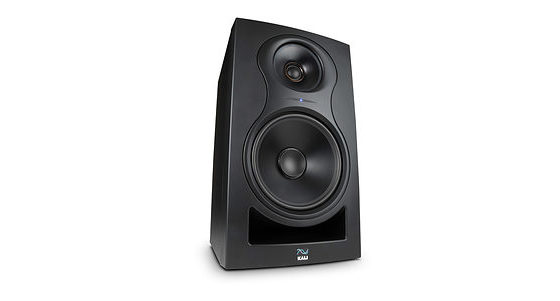

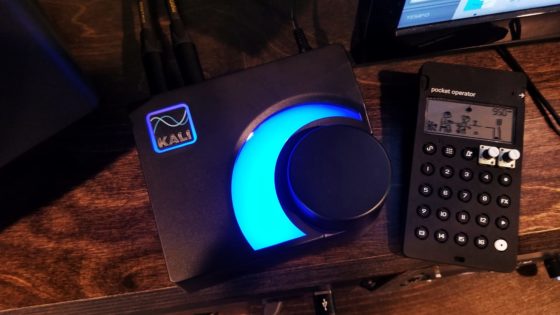

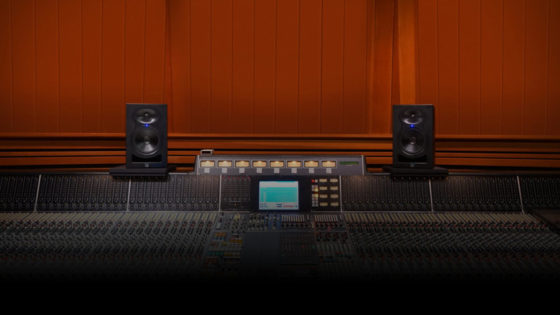



Craig
December 14, 2020 at 3:04 pm
Hi. It is December 2020 and I now need new monitors.
I have been going between Eris e7xt & LP6’s for a wee while but I have decided to drop the Eris’s from the list… Should be simple now but I would like to know how they stack up against the latest generation KRK g4’s.
I have never been a fan of KRK but I have heard good things about the latest generation.
I will be using them for their intended purpose as Studio Monitors.
Do you have any thoughts on the matter please??
Bests
Craig
Cristian Feliz
August 26, 2019 at 5:34 pm
Hello,i have a question about how can this monitor work in a small room , my room have a dimension around 2.6m width *3.8m large and 2.6m hight in the future i would like aplied a acoustic treatment in my room but i want know if with this monitor i can correctly mix my music without any issue of distortion.
I ask you this because you checked this monitor in a small room and, therefore, could you tell me the result and your experience mixing with it in a small room.
I am think about the LP-6 or some monitor with 5 inch.